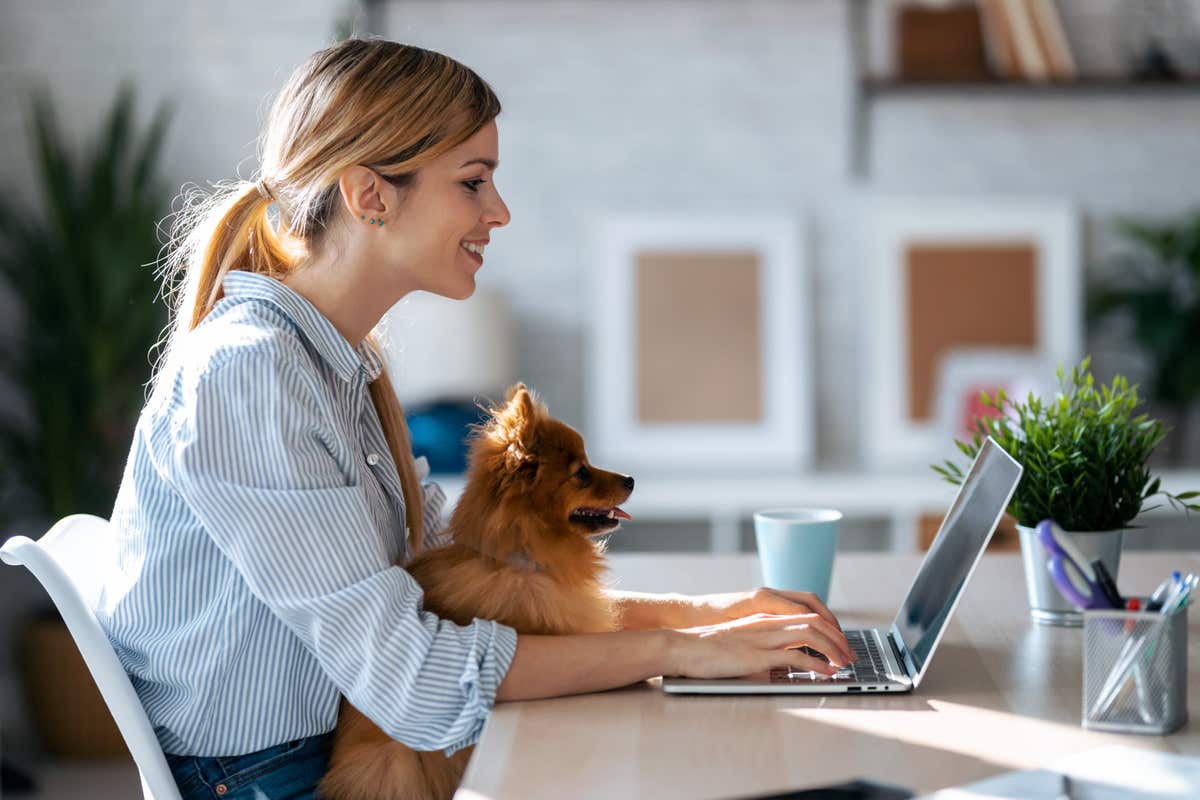Your pet is part of your family. Their home is your home, and chances are you want to make their lives happy and comfortable. Two key parts of that are affordable pet insurance and animal liability coverage. Use these tips to protect you and your furry, feathered, and finny friends.
What is pet insurance?
Pet insurance is a kind of coverage specifically designed to help with the cost of caring for your animal companion. There are two main types of pet insurance:
-
Accident and illness insurance that protects your pet if it is injured or gets sick.
-
Accident-only insurance that only covers the injuries from accidents.
Each of these can have more coverage added for additional premium. One example is preventative care coverage that can help you pay for vaccines, wellness exams, and more.
How much does pet insurance cost?
Pet insurance premiums can vary by company. Insurers typically base their rates on your pet’s age, breed, and location. Other factors, like the type and amount of coverage you want, can also impact your premium.
Most pet insurance policies are structured like human health insurance:
-
Standard policies include monthly premiums, co-pays, and deductibles.
-
There are also coverage limits, typically either annual or for the pet’s lifetime.
-
Some policies only cover veterinary care within a specific provider network, while others offer more flexible coverage.
You can buy a pet insurance policy that only provides emergency coverage for a low monthly premium, or you can opt for a plan that offers a balance of accident, illness, and wellness coverage.
While what your pet insurance covers varies by policy, many exclude:
-
Preventative care.
-
Grooming.
-
Dental disease.
-
Hereditary conditions.
After the exclusion of preventative care, the main difference between pet insurance and human health insurance is how claims are paid. Unlike our health insurance, pet insurance companies typically require you to pay out of pocket the day of service. Then they reimburse you once the claim has been processed.
What about animal liability?
The personal liability insurance included in your standard homeowners insurance may or may not cover damage caused by your dog. That includes property damage, but the bigger concern is likely dog bites.
Even if you can’t find a dog-friendly home insurance policy, you may be able to get animal liability insurance. This protection can be a big help if someone claims you and your pet are responsible for their bodily injuries or property damage. Animal liability insurance can help cover the injured person’s medical bills and repair costs.
While animal liability insurance isn’t required under most circumstances, it’s wise to consider this coverage, especially if you’re a dog owner. It’s hard to predict your dog’s behavior, as different people and circumstances may trigger unforeseen reactions. And dog bite probability isn’t necessarily breed-dependent – even small dogs like Pomeranians can bite unexpectedly.
If you elect to buy animal liability insurance, be mindful of any restrictions on your coverage. Many companies have lists of restricted breeds that may limit your coverage if something happens.
The bottom line
Being a responsible pet owner means getting your pet the care it needs while also understanding the potential problems your pet might cause. Pet insurance and pet friendly home insurance are two easy ways to start covering your bases.
Another important part of being a good pet owner is knowing what to do with your animal companion during an emergency. Check out our article on pet disaster preparedness plans for more information.


